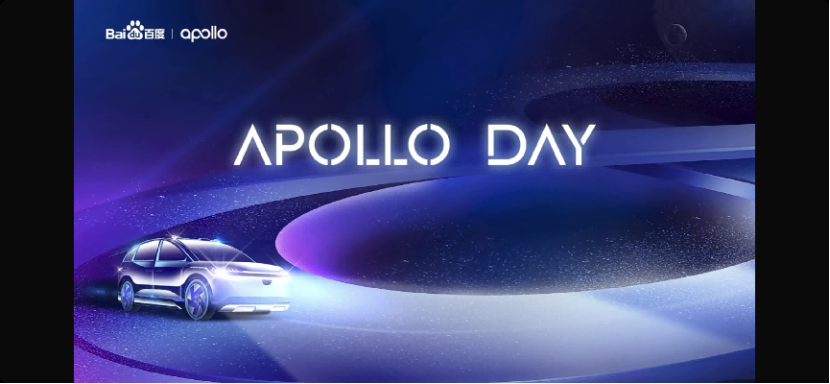Author | Rui Chen Zhang
Editor | Xianzhi Wu
On the morning of November 29, 2022, Baidu Apollo Day, a technology open day event, was held online through live broadcast.
As the penetration rate of new energy vehicles continues to increase, the intelligence has become one of the important developments in the automotive industry today, and the importance of autonomous driving technology is self-evident.
Baidu Apollo has been committed to researching autonomous driving technology for ten years. This Apollo Day introduces the strength and cutting-edge technology concept of Baidu Apollo’s autonomous driving technology, releases the new generation of Apollo autonomous driving maps that can be applied to autonomous driving technology, launches a new self-developed cloud-based universal chip “Kunlun II AI Chip”, and the Wenxin Large Model “Perception 2.0” architecture.
After crossing the watershed of unmanned commercialization, Baidu Apollo continued to expand unmanned testing in Beijing after conducting full unmanned autonomous driving operations in Chongqing and Wuhan, becoming one of the first companies approved to start “front-seat unmanned” testing in Beijing.
After obtaining approval, Baidu Apollo will launch the front-row unmanned road test of the first ten fifth-generation unmanned vehicle Apollo Moons within a 60 square kilometer area of the advanced autonomous driving demonstration zone in Beijing.
Baidu Apollo’s autonomous driving travel service platform “Luobo Kuai Pao” continues to expand its operating scale. As of the end of the third quarter of 2022, it had provided 474,000 ride services, and its cumulative ride service to the public has reached 1.4 million. It has completed an average of more than 15 ride services per car per day in Beijing, Shanghai, and Guangzhou, further consolidating its leading position in the global autonomous driving travel service market.
By accumulating ten years of technology, Baidu introduced six technological breakthroughs brought by this Apollo Day through six autonomous driving technology experts.
Autonomous Driving AI Technology System
Baidu autonomous driving technology expert Jingkai Chen said that relying on a solid Al technology foundation to create safe, intelligent, and efficient autonomous driving technology system. The overall design of the autonomous driving system needs to follow the automotive safety system and build a safe autonomous driving system from both functional safety and expected functional safety perspectives.
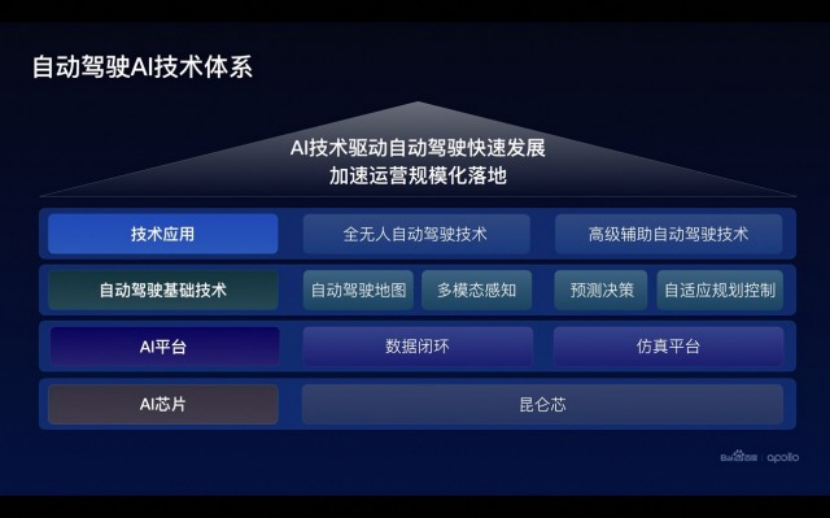
Apollo Autonomous Driving Map
Baidu Autonomous Driving Technology Expert Huang Jizhou released the Apollo Autonomous Driving Map, stating that the Apollo Autonomous Driving Map is a new generation map that is knowledge-enhanced, multi-dimensional, and designed for autonomous driving.
The map, which is low-cost and high-experience, is vitally important for autonomous driving. AI-driven high-precision maps reduce costs and increase efficiency. Baidu’s high-precision map building automation rate has reached 96%, significantly addressing the problem of high application costs.
Real-time generation of online maps: the fusion of vehicle-side perception data and multi-source maps enables the real-time generation of online maps, meeting the real-time updating needs of autonomous driving and ensuring driving safety.
Road network-level driving knowledge graph: Based on Baidu Maps’ leading road network coverage of 12 million kilometers and massive spatio-temporal data, combined with the driving knowledge formed by millions of drivers, the road network-level driving knowledge graph is constructed. By learning from human driving experience, the driving knowledge graph builds a ladder of progress for autonomous driving.
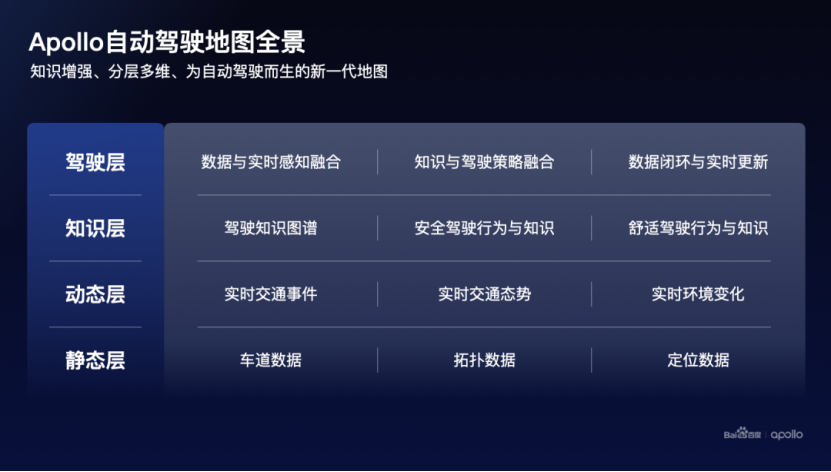
Wenxin Big Model
Baidu Autonomous Driving Technology Expert Wang Jingdong said, “Big model technology has been applied to autonomous driving perception for the first time, and the Wenxin Big Model solves the long-tail problem of autonomous driving, improving efficiency exponentially.”
Wenxin Big Model – Graph-Text Weakly Supervised Pre-training Model: Backed by thousands of object recognition capabilities from the Wenxin Graph-Text Big Model, it significantly expands autonomous driving semantic recognition data.
Wenxin Big Model – Autonomous Driving Perception Big Model: With a parameter scale of over 1 billion, the big model training of small models significantly enhances the generalization ability of autonomous driving perception.
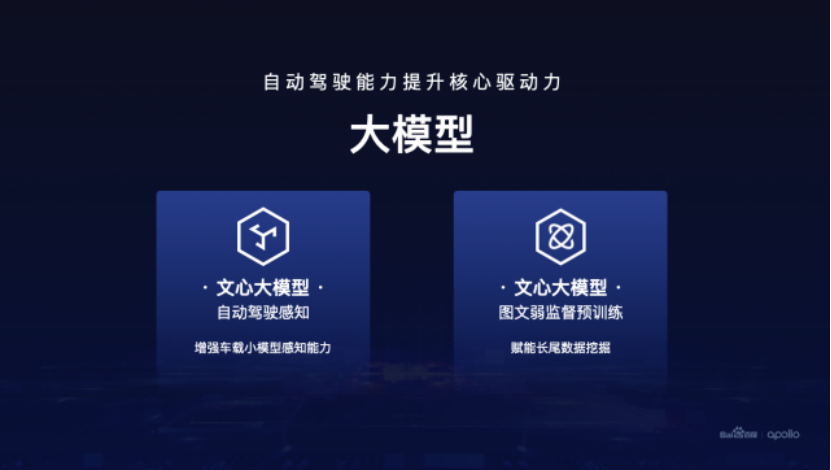
Data Loop
Baidu Autonomous Driving Technology Expert Li Ang states that by adopting the design concept of “high refinement and high digestion,” the data loop is fully reinforced to enhance the alchemy of autonomous driving data.“`
Refining Data Path with Small Models on Vehicle End and Large Models on Cloud End
Efficient data mining and automated annotation is achieved through data refining path using small models on vehicle end and large models on cloud end.
Data Digestion Architecture for Automated Training
With the ability of joint optimization and data distribution understanding, the data digestion architecture achieves automated training, effectively utilizing high-purity data to further enhance the overall intelligence of the autonomous driving system.

Kunlun II AI Chip
Kunlun II AI Chip is the next-generation cloud-based AI processor, adopting the XPU-R architecture and built on 7nm process technology. It is equipped with high-speed GDDR6 memory with read-write speed up to 512GB/s, and the computational power can reach 256 TOPS and 128 TFLOPS.
As the CEO of Kunlun chip, Ouyang Jian said, “End-to-end performance adaption has been completed for the autonomous driving scene, and the advantage of Baidu Apollo’s hardware-software integration continues to be strengthened.” In the performance test of typical perception models, Kunlun chip outperforms the mainstream solutions in the industry by more than two times. In the end-to-end performance test of the perception module, Kunlun chip also outperforms the mainstream solutions in the industry.
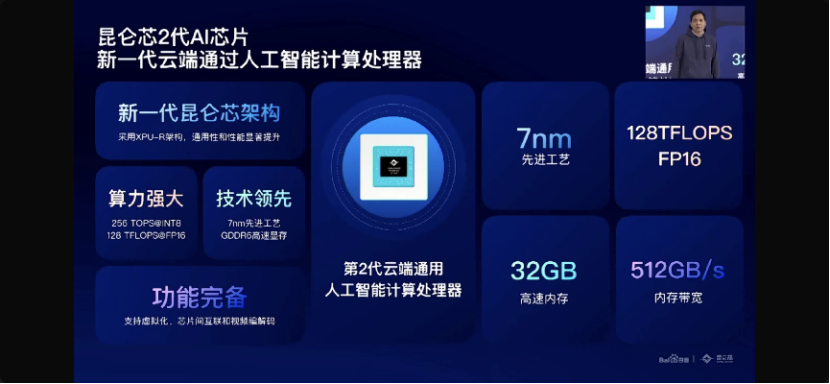
The product advantage lies in the AI computing processor core architecture Kunlun XPU, born in AI scenarios to meet diverse AI model and scenario requirements, providing optimal performance and energy efficiency, and providing developers with a flexible and easy-to-use programming model.
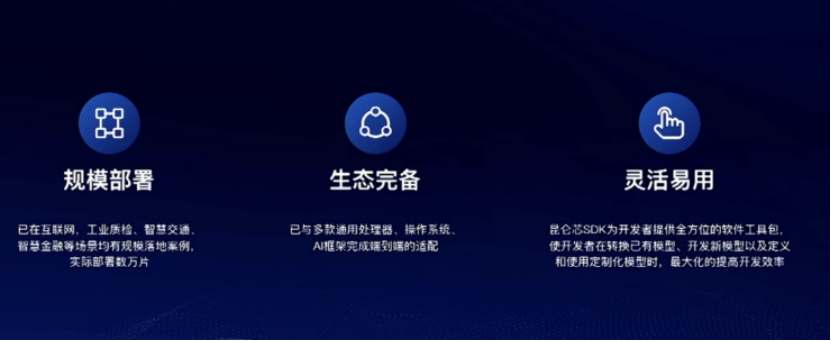
Crossing the Chasm for L2+ Products and Commercializing L4
Wang Liang, the technical expert of Baidu’s autonomous driving technology, stated that 2025 is the critical year for autonomous driving, and high-precision maps are necessary conditions to ensure the high safety and good experience of L2+ urban-level intelligent driving products.
“““markdown
L4 and L2+ Technology Synergy: Unified visual perception solution, technological architecture, unified map, data integration and infrastructure sharing.
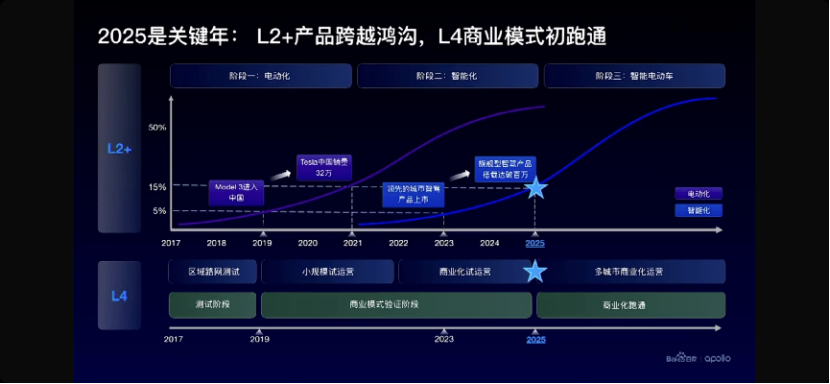
Data is the core element that determines the differentiation of the intelligent driving experience of autonomous vehicles. Software/hardware is the body, providing self-moving capabilities, while data is the soul, the fuel for system growth and evolution.
Baidu Apollo’s top three competitiveness of the ADAS system – safety, familiar road and good experience.
Safety: With the pedigree of L4 technology, reduced to L2+ products, accumulating more than 40 million kilometers of testing and operation.
Familiar road: High-precision automated map production, tailored to ANP3’s new generation of “light” maps.
Good experience: Data-driven self-evolution, inherit L4 data closed-loop practice, data-driven experience enhancement.
“`
This article is a translation by ChatGPT of a Chinese report from 42HOW. If you have any questions about it, please email bd@42how.com.
